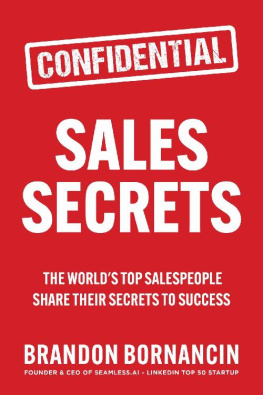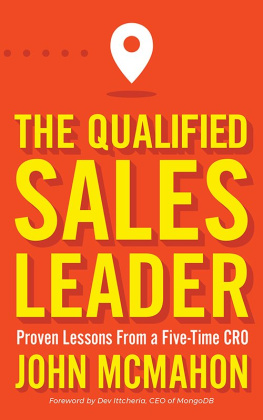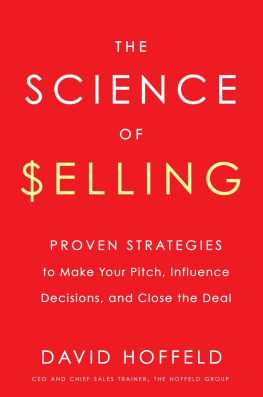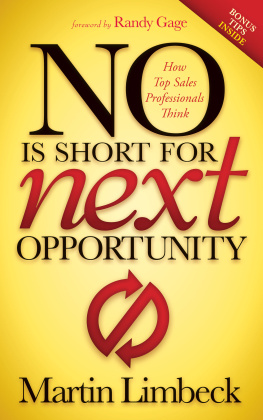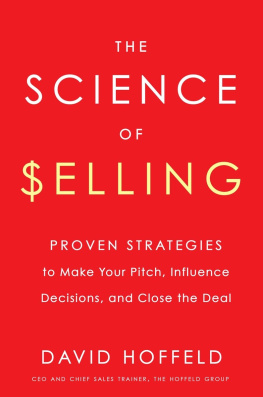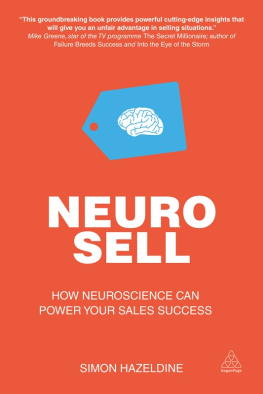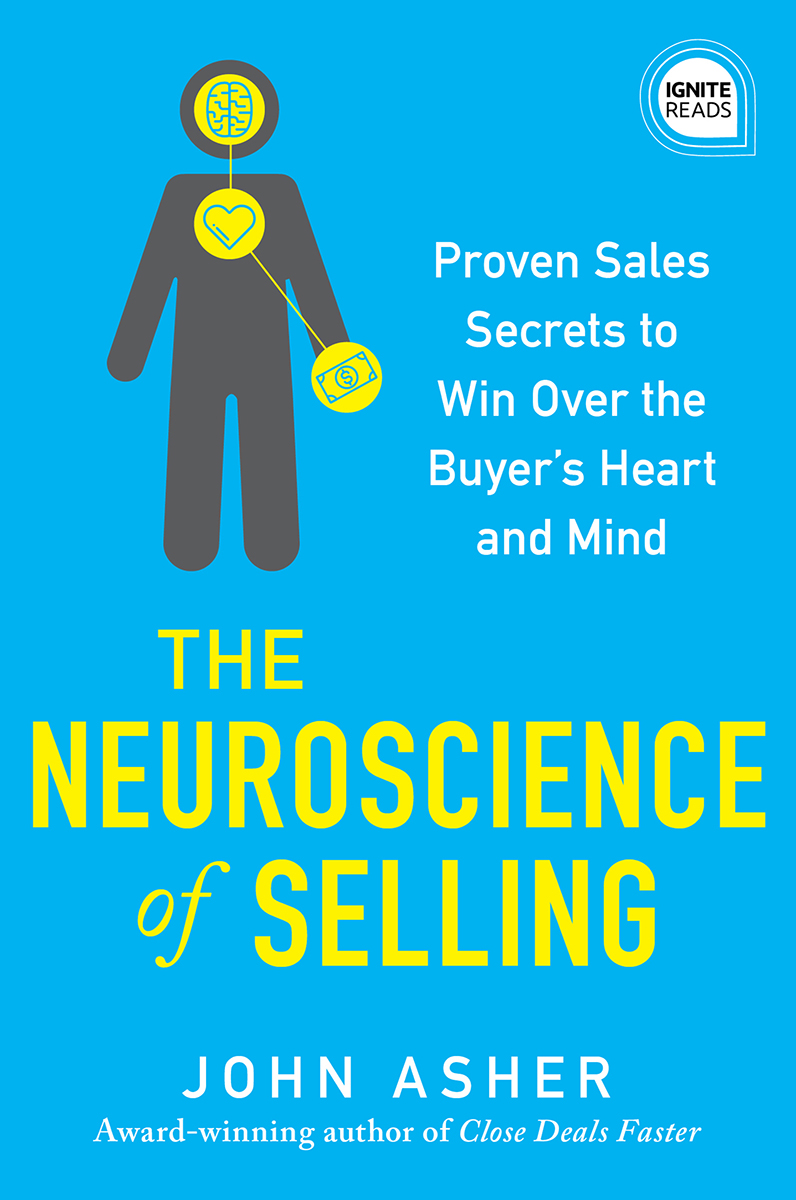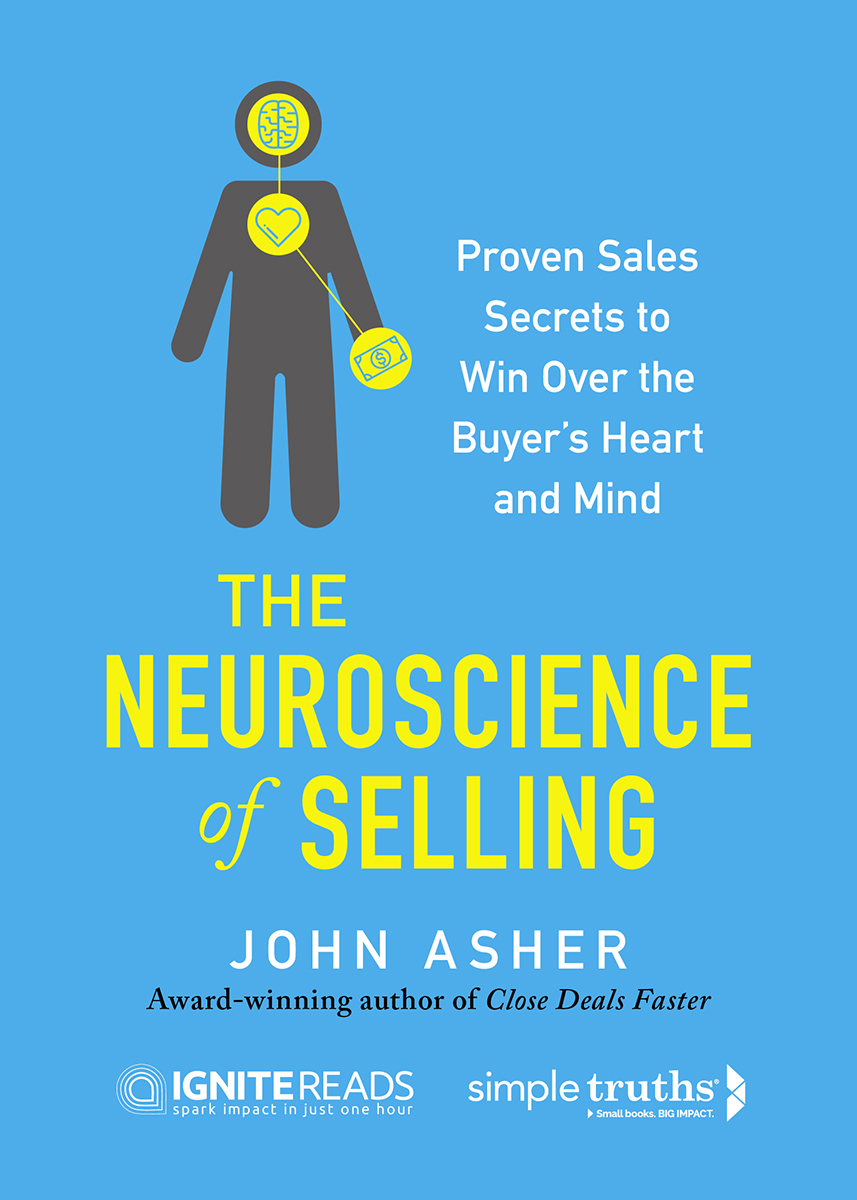Sourcebooks, the colophon, and Simple Truths are registered trademarks of Sourcebooks.
All rights reserved. No part of this book may be reproduced in any form or by any electronic or mechanical means including information storage and retrieval systemsexcept in the case of brief quotations embodied in critical articles or reviewswithout permission in writing from its publisher, Sourcebooks.
This publication is designed to provide accurate and authoritative information in regard to the subject matter covered. It is sold with the understanding that the publisher is not engaged in rendering legal, accounting, or other professional service. If legal advice or other expert assistance is required, the services of a competent professional person should be sought. From a Declaration of Principles Jointly Adopted by a Committee of the American Bar Association and a Committee of Publishers and Associations
All brand names and product names used in this book are trademarks, registered trademarks, or trade names of their respective holders. Sourcebooks is not associated with any product or vendor in this book.
P.O. Box 4410, Naperville, Illinois 60567-4410
This work is dedicated to the ASHER sales team who work with our prospects and clients to close deals faster.
Introduction
Nothing happens until somebody sells something!
Most businesspeople will agree with this statement, and most top executives have adopted the philosophy that everyone in their company who interacts with a prospective or current customer is a salesperson. We are selling ourselves, we are selling to our managers, and our managers are selling to us. We are selling our ideas. So, almost all of us are in sales. The most productive salespeople have learned how to sell by listening to experts, reading books, learning from their mentors, and by trial and error.
Sales has always been considered an art. We know that there is also real science behind effective sales techniques. In the last five years, there has been an explosion of information from neuroscientists in numerous countries. Most of these neuroscientists have been using functional MRI (fMRI) machines in their research, so we can now directly observe what areas of our brains are stimulated by certain actions of other people.
If you were to ask these neuroscientists why they are doing these studies to measure and map brain activity, other than for academic reasons, they will say they are looking for greater insights into human communications, human relationships, and decision-making.
However, if you were to ask the same neuroscientists how their studies apply to sales, you would almost certainly get a blank stare in response, perhaps paired with the follow-up question, What do you mean by sales ?
Lucky for you, ASHER Strategies has worked diligently to analyze these studies and organize the results into practical applications for executives, salespeople, and other customer-facing people. Why? To drive results in sales that lead to increased company growth. In many cases, these insights upset what many people had thought were the right techniques to use when selling to and influencing other people. In other cases, we have found new, more science-based ways to improve techniques that already exist.
The most effective salespeople use both the art and the science behind sales to close deals much faster than their competitors and totally disrupt what many salespeople have always been taught and believed.
Of course, understanding how this massive amount of research applies to all types of human decision-making takes a basic understanding of how the human brain functions. Lets begin by breaking down three main areas of the brain in what is known as the triune brain model.
First, with the advent of vertebrates (early fish) 500 million years ago, the reptilian brain was formed. This part of the brain is the fight, flight, freeze, or appease brain. It controls all of our functions such as breathing, digestion, and heart rate. These processes happen automaticallywe dont have to think about them.
Second, about 150 million years ago with the advent of mammals (whales, manatees, etc.), the mammalian brain was formed. The mammalian brain senses feelings, excitement, and engagement. It stores images, and when it sees new ones, it does pattern matching to provide input to decisions.
Finally, about 2 to 3 million years ago with the evolution of primates, including humans, the hominid brain came on the scene. It assesses facts, figures, and logic and can understand complex concepts.
For simplicitys sake, since both are more than 150 million years old, the reptilian and mammalian sections of the brain are referred to together as the old brain , and the hominid brain is referred to as the new brain .
Figure: The Old Brain Makes the Decisions
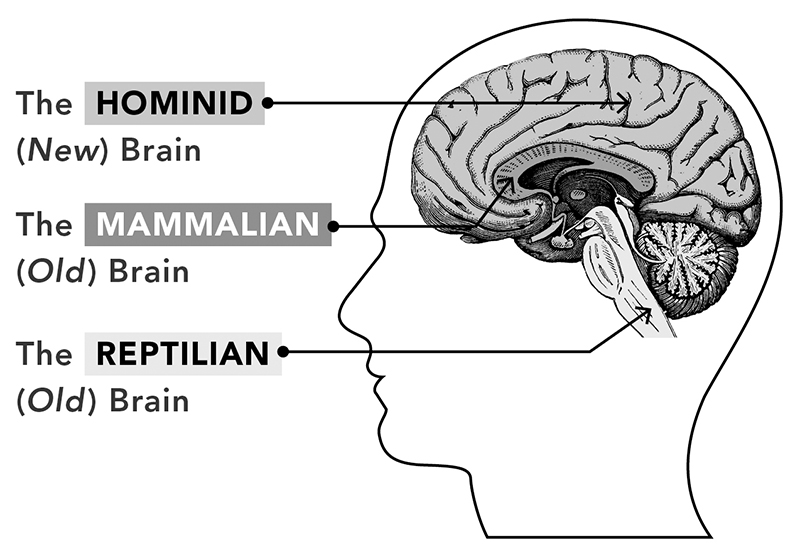
Where are almost all of our daily decisions made? You may have heard the saying we decide on emotion and justify with logic. We now have the research to prove this statement is true. Dr. Hanna Damasio, previously of the University of Lisbon and now of the University of Southern California, studied people whose old brains were damaged from disease or injury. These people could not make simple decisions. They could not even decide whether to have a ham or turkey sandwich for lunch, proving that the old brain decides, not the hominid brain.
Therefore, buyers buy on emotion and justify with logic. Here is a practical example of how it applies to sales:
Many salespeople think the only necessary requirement to get the sale is to offer great products and servicesbut that is not enough. You must also have a great relationship with the buyer. For example, your company and two other companies are vying for a large opportunity with a buyer. All three companies have great logical information, relevant experience, great quality and service, and reasonable prices. In the buyers mind, all three companies are tied for first with their logical solutions. Which one does the buyer choose?
The buyers old brain decides based on how it feels about the companies, including which seller has made the strongest emotional connection by building the best rapport.
Here is how logic comes into play. If one of the three companies vying for the job scores significantly lower than the other two based on experience, quality, service, and prices, the buyer will not pick that company even if its salesperson has built the strongest relationship. The buyers old brain will not choose the inferior solution, as the seller does not have the logic to justify the emotional sale.
Wouldnt it be nice to know how to get the buyer to use their old brain and choose you based on emotion?
Based on hundreds of studies at numerous major neuroscience laboratories and universities, we know the decision-making old brain responds to six main activators.
- ME ME ME Focus


